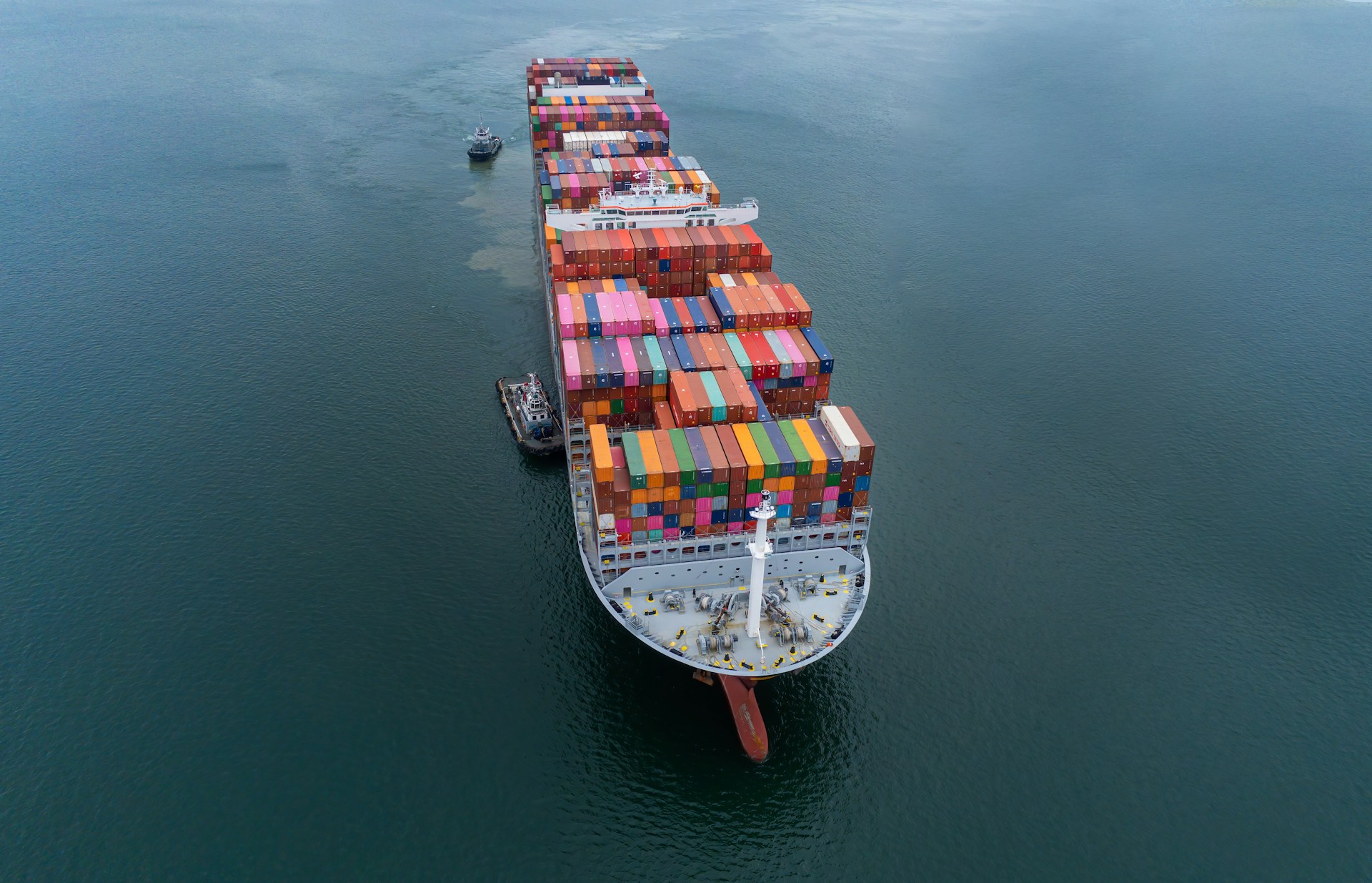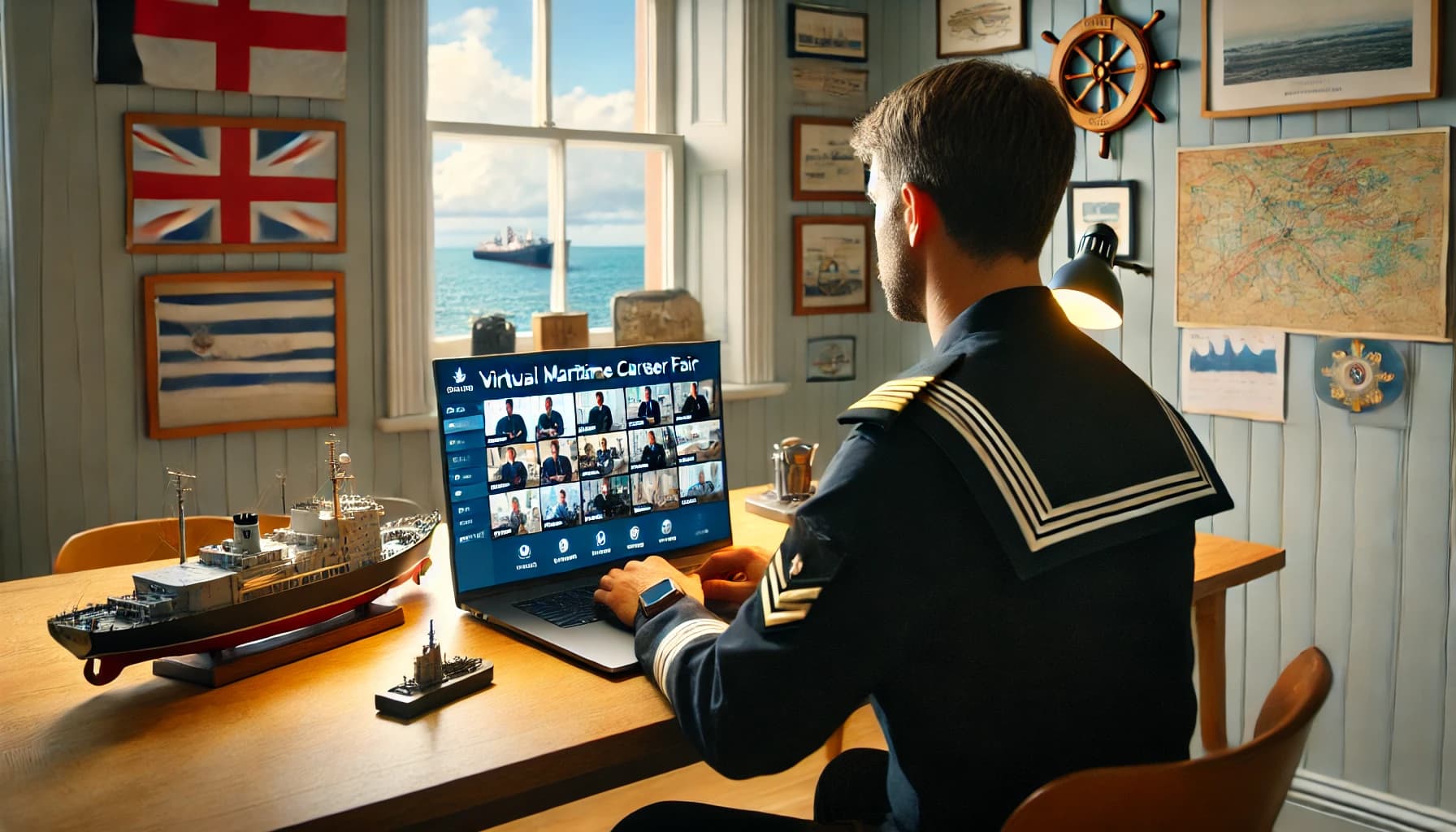If you’re thinking about embarking upon a maritime career, there’s a good chance that you’ve heard the acronym STCW a fair few times. And maybe you’re just getting to grips with what the STCW Convention is, or perhaps you’re still completely in the dark. No matter, because we’re going to take a deep dive into all things STCW.
The maritime industry is governed by a complex set of regulations and standards aimed at ensuring the safety of vessels, crew members, passengers (if there are any onboard) and cargo.
Among these regulations, the STCW - Standards of Training, Certification, and Watchkeeping Convention - stands as a cornerstone of maritime safety and professionalism. In this article, we'll explore what the STCW Convention is, its history, key provisions, and its importance in shaping the global maritime industry.
What is the STCW Convention and why do those working in seafarer jobs need it?
The STCW Convention, adopted by the International Maritime Organization (IMO) in 1978, establishes minimum standards for the training, certification, and watchkeeping of seafarers on an international level.
Read more: These 5 Things Could Get Your CoC Suspended or Cancelled
It sets forth the requirements for ensuring that seafarers are adequately trained, qualified, and competent to perform their duties safely and effectively aboard ships of all types and sizes. And this goes for all seafarer ranks, not just those involved in navigation or watchkeeping.
If you work on a commercial vessel, whether it’s a cruise ship, superyacht, commercial ferry, container ship or oil tanker and whether you’re a Cook, Chief Engineer, Able Bodied Seaman or Stewardess, you will need to hold an STCW.

A brief history of the STCW Convention
The need for standardized training and certification for those working in seafarer jobs became increasingly apparent in the 20th century as the maritime industry experienced rapid growth and technological advancements.
Prior to the adoption of the STCW Convention, there was a lack of uniformity in training standards and qualifications among seafaring nations, leading to inconsistencies in safety practices and procedures.
Recognizing the importance of addressing these issues on a global scale, the IMO organized a conference in 1978 to develop a comprehensive framework for maritime training and certification.
The result was the adoption of the STCW Convention, which has since been amended several times to reflect changes in technology, industry practices, and regulatory requirements.
Key provisions of the STCW Convention
The STCW Convention consists of several key provisions aimed at ensuring the competency and proficiency of seafarers. Some of these main provisions include:
Minimum training standards
The STCW Convention establishes minimum training requirements for various ranks of seafarers, including Deck Officers, Engineers, and Ratings. (A Rating is someone working in a seafarer job who is not an officer - such as an Able Bodied Seaman or Bosun.)
In a nutshell, these outline the essential competencies and skills that seafarers must demonstrate to perform their duties safely and effectively.
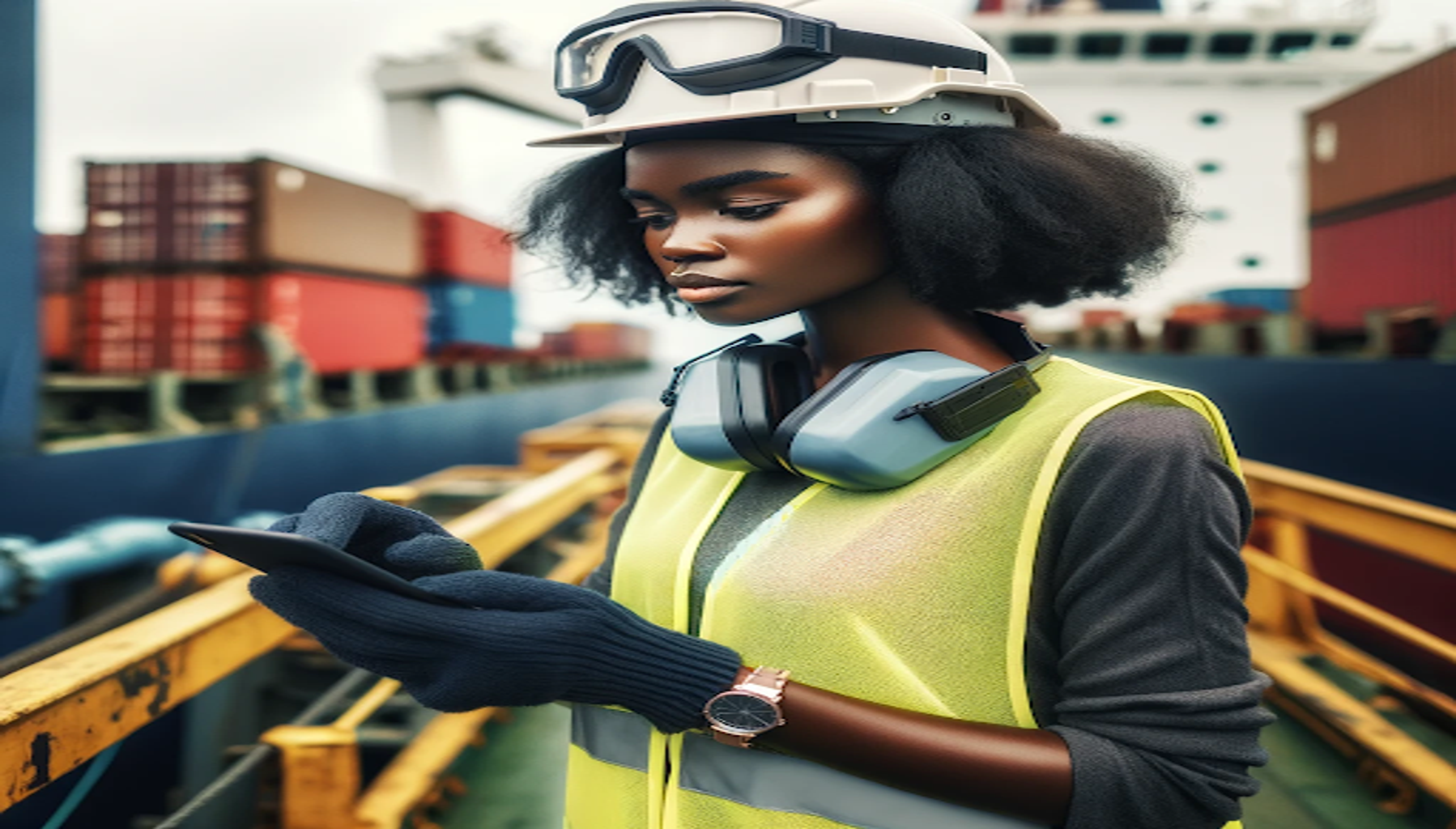
Certification requirements
The Convention states that internationally recognized certificates of competency and proficiency must be issued to seafarers who meet the training standards set forth in the Convention. These certificates serve as proof of a seafarer's qualifications and eligibility to serve onboard commercial ships.
Watchkeeping standards
The STCW Convention denotes rules and regulations for the safe and efficient operation of vessels, including watchkeeping procedures to ensure continuous vigilance and the monitoring of the ship's operations. It specifies the requirements for watch schedules, rest periods, and fatigue management to prevent accidents and maintain crew alertness.
Medical fitness
The Convention requires anyone working in a seafarer job to undergo medical examinations to assess their physical and mental fitness so that they can be relied upon to perform their maritime duties safely. It sets forth standards for medical fitness and provides guidelines for medical practitioners conducting examinations of seafarers.
The importance of the STCW Convention
The STCW Convention plays a crucial role in promoting safety, professionalism, and accountability within the maritime industry. By establishing uniform standards for training, certification, and watchkeeping, the Convention helps ensure that seafarers working on ships possess the necessary skills, knowledge, and qualifications to operate vessels safely and effectively.
Read more: What to Do When You Can't Find an Entry-Level Seafarer Job
Ships are frequently crewed by seafarers who are not citizens of the nation in which the ship is registered and, of course, seafarers are more often than not, not citizens of the several countries in which a vessel may call at a port.
This is why the STCW Convention enables seafarers to work internationally by providing a framework for the mutual recognition of certificates issued by different countries.
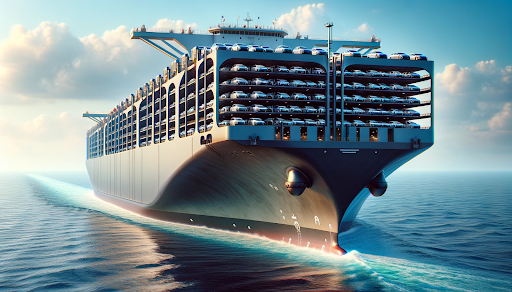
This promotes international cooperation, reduces delays due to disagreements in ports or between governments, and harmonizes training standards, making it easier for seafarers to seek employment opportunities globally.
In addition to enhancing safety and professionalism in seafarer jobs, the STCW Convention also contributes to the protection of the marine environment by promoting sound environmental practices and awareness among seafarers.
It emphasizes the importance of caring for this environment and urges compliance with international regulations aimed at preventing pollution and preserving marine ecosystems.
The origins of the STCW
The standards were initially adopted in 1978, and 25 nations were needed to ratify them to enter into force under the requirement that they held at least 25% of the global gross tonnage of ships that were 100 gross tons or larger.
When the requirement was satisfied in April 1984 the standards took effect. In 1995, changes were made that were effective in February 1997. Additional changes were approved in 2010 and went into effect in January 2012.
As of 2018, 164 countries had ratified the STCW, accounting for 99.2 percent of the world’s maritime tonnage.
The International Maritime Organization (IMO), founded in 1948 and went into effect in 1958, is responsible for enforcing the standards.
The International Mobile Satellite Organization (IMSO), the International Convention for the Safety of Life at Sea (SOLAS), the International Convention for the Prevention of Pollution from Ships (MARPOL), and the Convention for the Suppression of Unlawful Acts (SUA) Against the Safety of Maritime Navigation are just a few of the maritime-related international agreements that the IMO has created and overseen.
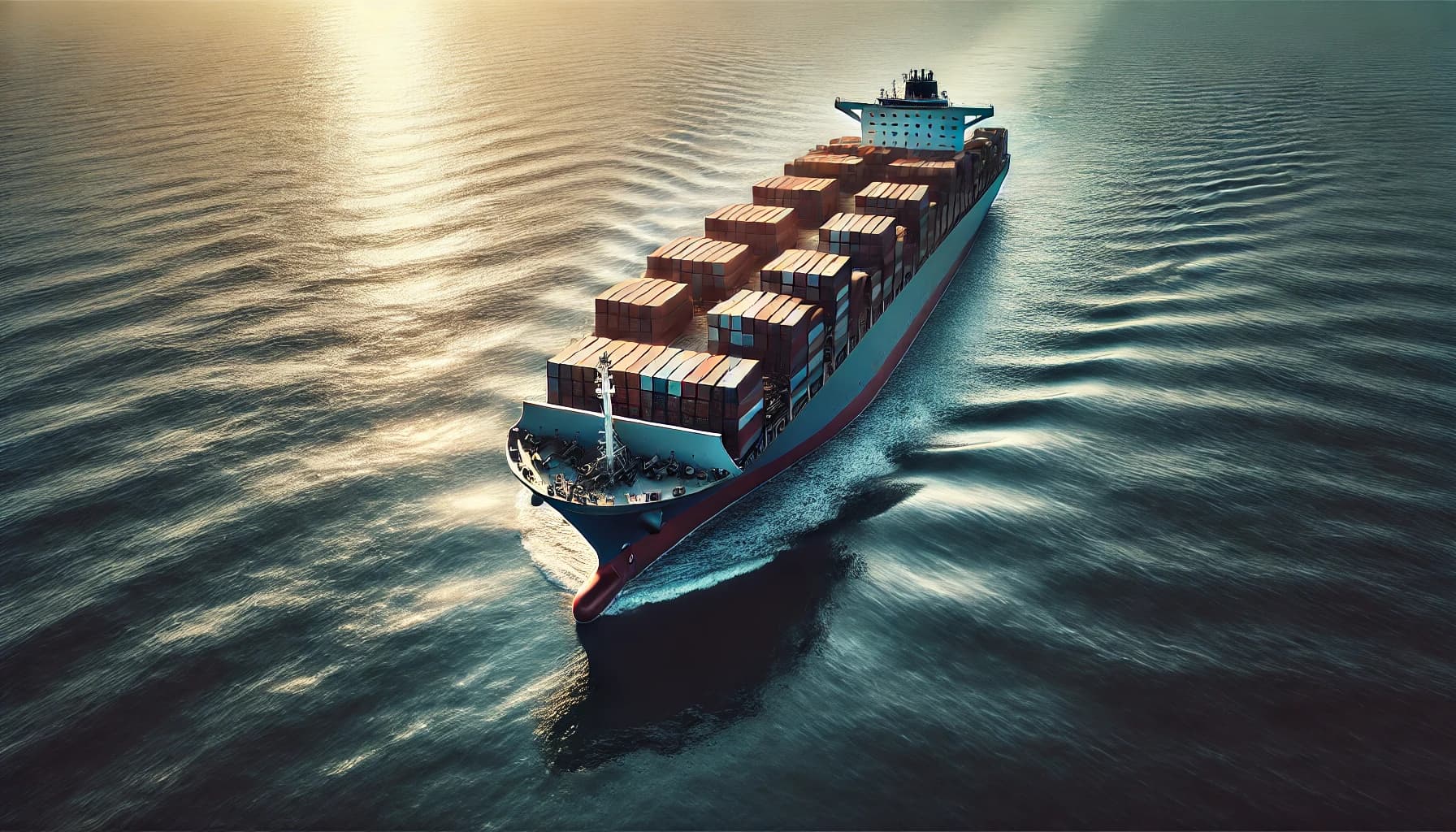
The STCW and seafarer jobs today
The majority of the 1995 revisions were administrative, particularly concerning states improving communication with the IMO to enable it to oversee and enforce the standards effectively.
The 2010 revisions were mainly intended to keep those working in jobs at sea up to date with new technology. However, they also incorporated security training in light of the growing issues surrounding piracy.
The amendments also aimed to improve standards and crew training.
Some modifications included:
- Measures aimed at reducing certification fraud and stepping up convention conformity monitoring
- New requirements for medical fitness, work and rest hours, and the prevention of alcohol and drug misuse
- Updated training and certification standards for competent sailors, Electro-Technical Officers (ETO), and the entire crew in security, leadership, and teamwork, as well as what to do in the event of a pirate attack
- The crews of ships cruising in polar seas, the crews operating Dynamic Positioning Systems, and the crews running innovative technologies like electronic charts and information systems (ECDIS)
- A revised competency standard for all personnel serving on all tanker classes.
How do I get STCW certification?
To obtain STCW certification you will need to complete specific training courses and meet the requirements set forth by Convention. Here's a general overview of the steps you can take to obtain a STCW certificate.
Identify the certification you require
The STCW Convention outlines various training requirements for different roles, ranks and responsibilities onboard ships. You’ll need to determine which STCW certification(s) are required for your desired seafarer job, whether you want to work in a Deck Officer’s job, as a Marine Engineer, as a Rating, or another role or rank.
Find an accredited training provider
A quick Google will give you any number of maritime training institutions and centers that offer STCW-certified courses. Ensure that the training provider is accredited by an authorized maritime authority or recognized classification society so that you can be assured it delivers STCW-compliant training.

Choose the appropriate courses for your seafarer job
Depending on your rank and responsibilities when working on a ship, you'll need to complete certain STCW courses relevant to your position. Common STCW courses include Basic Safety Training (BST), Proficiency in Survival Craft and Rescue Boats (PSCRB), Medical First Aid, Advanced Firefighting, and Security Awareness Training (for all seafarers).
Complete the training courses
Enroll in the STCW courses you’ve chosen and complete the required training modules. These courses typically involve a combination of classroom instruction, practical exercises, and assessments to ensure you are competent in the essential skills and knowledge areas to work in your chosen job at sea.
Pass the assessments
And now for the tricky part. You now need to successfully complete all of the assessments and examinations associated with your chosen STCW courses. These may include written tests, practical demonstrations, and scenario-based assessments to evaluate your proficiency and understanding of the course material.
Receive certification
And now for the best bit! Once you’ve successfully completed the STCW courses and assessments you need for your future maritime job, you will be issued with STCW certification(s) by the training provider or the relevant maritime authority. These certifications serve as proof of your compliance with STCW training requirements and your eligibility to work onboard ships.
Maintain and renew certifications
And now for the bad (sort of) news. STCW certifications typically have validity periods and require periodic renewal to remain valid. Stay informed about renewal requirements and ensure that you fulfill any continuing education or refresher training requirements to keep your certifications current.
It's important to note that the specific requirements and procedures for obtaining STCW certification may vary depending on your location, the type of vessel you intend to work on, and the regulations of the flag state or maritime authority governing the vessel.

Be sure to familiarize yourself with the relevant regulations and seek guidance from authorized training providers or maritime authorities to ensure you are fully compliant with STCW requirements so that your maritime career is not adversely affected.
Find your first (or next) seafarer job
Finally - the really exciting part! Once you’re fully qualified to work on the type of vessel and in the seafarer job that you have chosen to train for, it’s time to find a job at sea and put into practice what you’ve learned.
And luckily for you, we can help with that. Take a look at Martide’s seafarer jobs board and see if there’s an entry level cargo ship job or container ship job that is relevant to you and please don’t hesitate to apply.
All you need to do that is to create a free Martide account and you’re on your way to setting sail!

Eve Church
Eve is Martide's content writer, publishing regular posts on everything from our maritime recruitment and crew planning software to life at sea. Eve has been writing professionally for more than two decades, crafting everything from SEO-focused blog posts and website landing pages to magazine articles and corporate whitepapers.
UK

is the only site for maritime jobs

